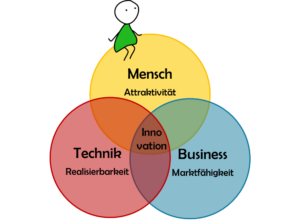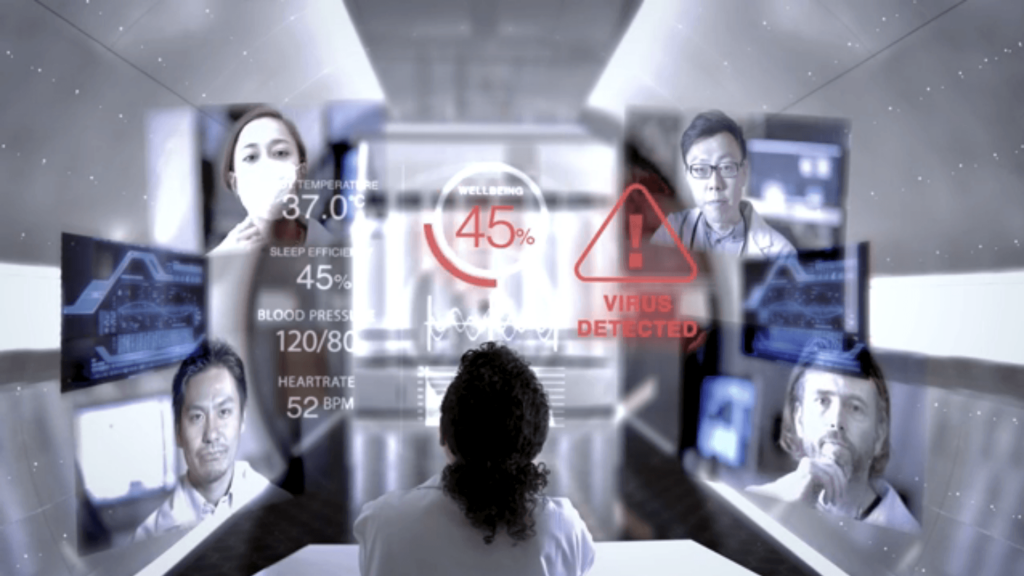Gotcha!
Every now and then, I write posts for my blog. Of course, this means that I regularly browse other people’s blogs and read various online articles. One blogger recently noticed that, for some reason, he kept opening those pesky LinkedIn e-mails titled “people are looking at your LinkedIn profile”. This happens to me, too – I opened one just this morning, in fact. Amid all the newsletters and other things that I have signed up for over time, this little notification is what catches my attention and keeps sending me back to LinkedIn, where I always end up spending a bit of time.
I could come up with excuses and say I only do it because I work in marketing and, therefore, keep my profiles more or less up to date. But strangely enough, I always seem to move from LinkedIn to Xing afterwards. I’ll be honest: I think I’d be clicking the link even if I had no background in marketing. Why does this work so well? After all, ignoring other newsletters and similar e-mails is easy enough.
The answer is simple: it’s because it’s about me. Not just my interests – me. The notification implies that somebody out there is interested in me as a person. All other information and figures in the e-mail are similarly customised, and they always achieve their goal of getting me to stay.
The user is key
The whole thing works because LinkedIn customises its offers to an extreme extent. As I continued reading the post, it came as little surprise that LinkedIn adheres to the method of design thinking in its development process. Design thinking focusses completely on the user. Of course, new developments must be technically feasible and economically attractive. But the finished product is worthless if nobody uses it.

Creative thinking
What is different about design thinking? Where does the user come in? Design thinking does not revolve around a bunch of experts who think up a solution behind closed doors, then attempt to push it onto the market. This may be a simplification, and it doesn’t mean that no great concepts have come about in this way. But it highlights the massive contrast. In design thinking, innovative solutions are not the product of understanding and thinking alone. They are the product of experimenting, applying, learning and experiencing – and failing. This means: the team (ideally interdisciplinary) goes out into the field.
Understanding comes first
As soon as all team members have grasped the problem and become “instant experts” on the subject, they change perspective. Everyone puts themselves in the user’s shoes through intense, unbiased observation and interviews. The purpose of this process is to establish empathy and gain an understanding of the full range of users: from non-users to heavy users and experts. This knowledge is then summarised and abstracted. In many cases, this process creates a fictional persona unifying the most important insights. Something extremely abstract becomes something tangible. Empathising with a person and understanding their needs is easier than grasping a theoretical notion.
Ideas become tangible
At this stage, the team starts creating ideas. They use different brainstorming techniques to produce as many variations of a single idea as possible, viewed from different perspectives. Spinning yarns is encouraged. No ideas are off limits. The bulk of ideas ultimately yields a small number of main points, which help the team develop concepts. This is where experimenting, applying, learning and experiencing come into play. Ideas are turned into prototypes. This allows the team to evaluate ideas and, if necessary, quickly discard them. By failing as soon as possible, they can reach feasible solutions faster. The final concepts are then sent out into the field, where actual users test them. Beyond assessments of economic and technical feasibility, only genuine feedback can evaluate the attractiveness and, in turn, usefulness of a solution.
Design thinking in the process industry?
As we all know, transformation processes will be necessary to keep up with digitalisation. They will affect our workplaces as well as our ways of working. IIoT and Industry 4.0 offer a great deal of creative scope, and we are far from grasping all the opportunities and possibilities inherent to them. Many fairly unclear aspects interact with each other in this field. Why not use the potentials of design thinking? I am, of course, aware of the growing resentment towards agile methods, which were considered the be all and end all until very recently. Despite this, I believe that they can fuel the creation and imaginative implementation of innovative ideas, provided they are applied consistently. This is especially true for the field of digitalisation, which offers immense creative scope without inflexible product specifications. Wherever there are many unknown factors, taking small steps and thinking outside the box can pay off. Bringing actual people on board is always a good idea.





